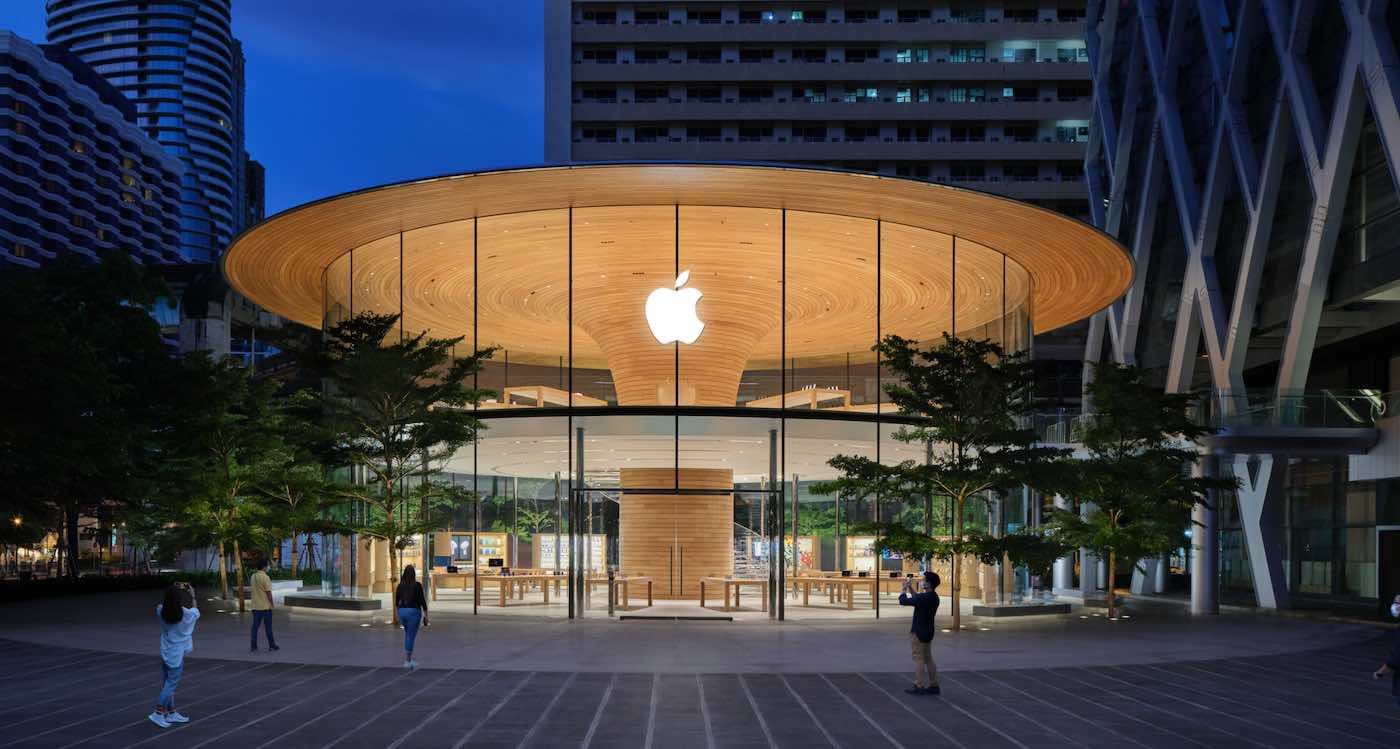Apple last month unveiled its plan to become carbon neutral across its entire business, manufacturing supply chain, and product life-cycle for all its devices by 2030.
The world’s most valuable company is already carbon neutral today for its global corporate operations, and this new commitment means that by 2030, every Apple device sold will have net zero climate impact.
“Businesses have a profound opportunity to help build a more sustainable future, one born of our common concern for the planet we share,” said Tim Cook, Apple’s CEO. “The innovations powering our environmental journey are not only good for the planet — they’ve helped us make our products more energy efficient and bring new sources of clean energy online around the world. Climate action can be the foundation for a new era of innovative potential, job creation, and durable economic growth. With our commitment to carbon neutrality, we hope to be a ripple in the pond that creates a much larger change.”
Apple’s 2020 Environmental Progress Report, released July 21, details its plans to reduce emissions by 75 percent by 2030 while developing innovative carbon removal solutions for the remaining 25 percent of its comprehensive footprint.
RELATED: Apple Commits $2.5 Billion to Combatting Housing Crisis in California
The company’s 10-year climate roadmap will lower emissions by continuing to increase the use of low-carbon and recycled materials in its products, innovate its product recycling, and design products to be as energy efficient as possible.
Reusing rare minerals
Apple’s latest recycling innovation — a robot the company is calling “Dave” — disassembles the Taptic Engine from iPhone to better recover key materials such as rare earth magnets and tungsten while also enabling recovery of steel. The company’s Material Recovery Lab in Austin, Texas, which is focused on innovative electronics recycling technology, is now partnering with Carnegie Mellon University to further develop engineering solutions.
All iPhone, iPad, Mac, and Apple Watch devices released in the past year are made with recycled content, including 100 percent recycled rare earth elements in the iPhone Taptic Engine — a first for Apple and for any smartphone.
POPULAR: Twitter Founder Jack Dorsey Just Pledged $1 Billion—28% of His Net Worth—to COVID-19 Relief Efforts
Apple says it decreased its carbon footprint by 4.3 million metric tons in 2019 through design and recycling. Over the past 11 years, Apple has reduced the average energy needed for product use by 73 percent.

The company is pledging to identify new ways to lower energy use at its corporate facilities and help its supply chain make the same transition through a new partnership with the US-China Green Fund, investing $100 million to accelerate energy efficiency for its suppliers. The number of facilities participating in Apple’s Supplier Energy Efficiency Program grew to 92 last year, with these facilities avoiding over 779,000 annualized metric tons of carbon emissions.
Renewable energy
Through a first-of-its-kind investment fund, Apple and 10 of its suppliers in China are investing nearly $300 million to develop projects to produce 1 gigawatt of renewable energy, and has generated commitments from over 70 suppliers to use 100 percent renewable energy — the equivalent of nearly 8 gigawatts. Once completed, these commitments will avoid over 14.3 million metric tons of CO2e annually — the equivalent of taking more than 3 million cars off the road each year.
New and completed renewable energy projects in Arizona, Oregon, and Illinois are Apple-owned and generate power that can run over 150,000 homes a year. It is also launching one of the largest new solar arrays in Scandinavia, as well as two new projects providing power to underserved communities in the Philippines and Thailand.
RELATED: The Search Engine That Plants Trees With Every Search Has Just Planted its 100-Millionth Tree
Apple is supporting the development of the first-ever direct carbon-free aluminum smelting process through a partnership with two of its aluminum suppliers, with the first batch due to be used in manufacturing the 16-inch MacBook Pro. A new aluminum production method will release oxygen, rather than greenhouse gases, during the smelting process.
Greening the planet
The company also announced in July a first-of-its-kind carbon fund to invest in the restoration and protection of forests and ecosystems in Kenya and Colombia, in partnership with Conservation International. The company has invested in management of over 1 million acres of forests and natural climate solutions in China and the US, as well.
The company’s complete plan and how it measures its carbon footprint can be found in its 2020 Environmental Progress Report at apple.com/environment. Progress on its supplier commitments can be found here.
SHOW Your Support For Apple By Sharing on Social Media…





















Meanwhile, Pakistan is planting 10 billion trees…